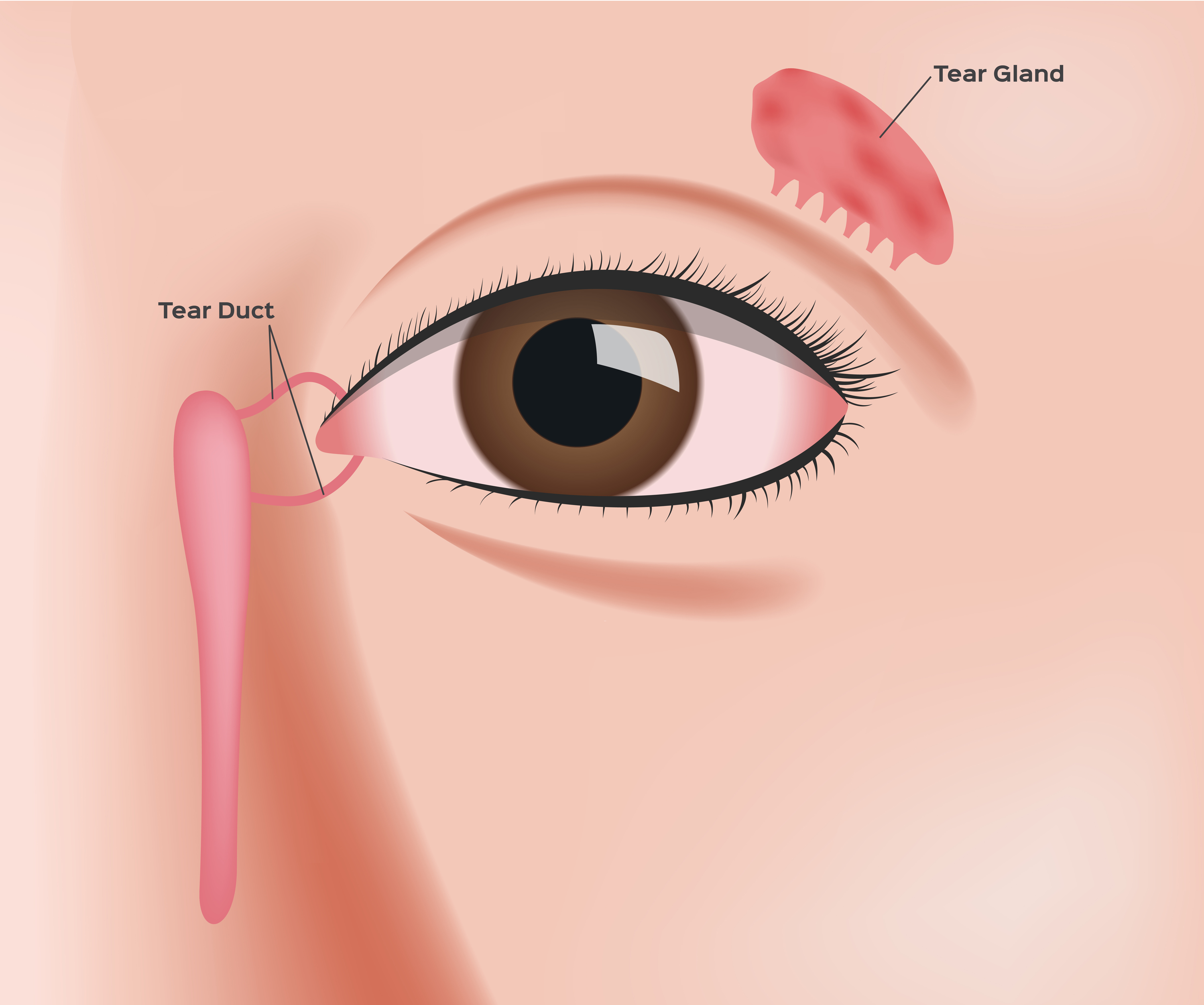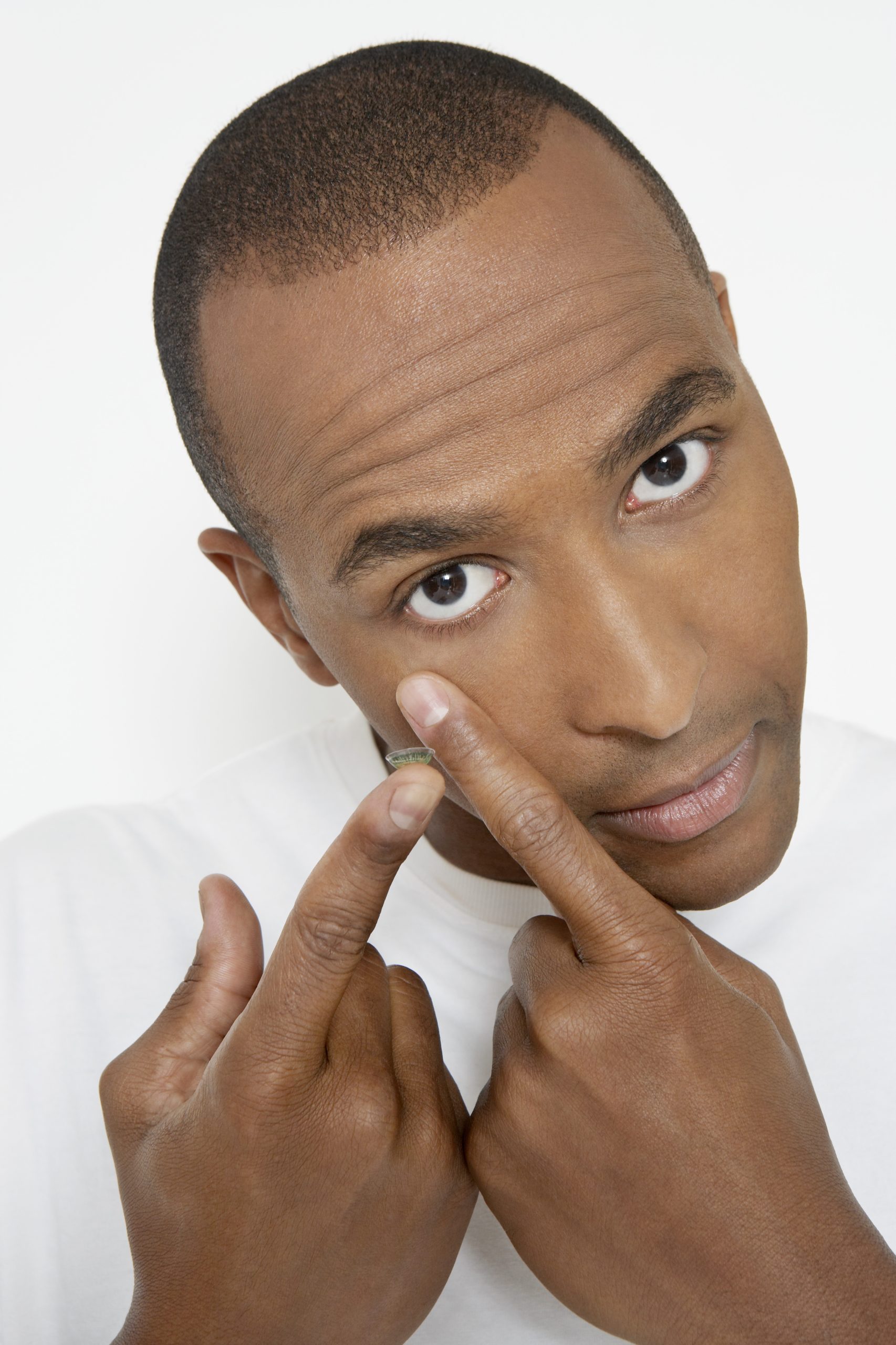What is Dry Eye?
And What Causes it?
Dry eye is very common. Almost half of Americans 18 years and older experience dryness – and that number is expected to increase within 10 years. It also occurs more frequently in women than men due to hormonal changes caused by pregnancy and menopause.
Common symptoms of dry eye are:
- Burning sensation
- Itchy, red or sore eyes
- A feeling of dryness
- Tired and aching eyes
- Sensitivity to lights
- Blurred vision

What Causes Dry Eye?
Dry eye is a result of poor tear quality.
Your eyes stay lubricated, smooth and clear of infection from your tears. If your tears are compromised - meaning they have decreased tear production, or increased tear evaporation - you will experience symptoms of dry eye.
Decreased Tear Production:
You have glands in and around your eyelids that produce tears. If you are unable to produce the normal amount of tears to hydrate your eyes, you can experience symptoms of dry eye. Decreased tear production tends to occur with age and as a result of certain medical conditions and/or side effects of certain medications. This is also the most common form of dry eye - the medical condition is called Keratonconjunctivities sicca (KCS)
Increased Tear Evaporation:
Your tears are made up of three layers: oil, water and mucus. If there are deficiencies with any of these layers, your tears may not spread evenly over the cornea and evaporate too quickly. This will also cause dry eye symptoms to develop. Environmental factors such as wind, smoke or dry air can be a common cause of increased tear evaporation. It also tends to occur during activities of high concentration (due to blinking less) such as reading, driving, and computer use. Finally, increased tear evaporation can be caused by eyelid problems such as inflammation of the eyelids (bleharitis), out-turning of the lids (ectropion), and/or in-turning of the lids (entropion).

Can I wear contacts with Dry Eye?
Good News! The answer is YES. However, it’s extremely important that you are in a material that lends itself to the cause of dry eye – decreased tear production or increased tear evaporation. This is so important because most contact lenses dehydrate and when they do, they need your tears to hydrate them. If you don’t have enough tear production to begin with, you’re not going to to able to keep your contact lenses hydrated. This is why it’s very common for people who have dry eye to only tolerate contact lenses for short time.
The ultra-hydrating material of Extreme H2O is a problem solver for dryness
You might have heard that contact lenses that contain high amounts of water can solve this problem. While its true that water plays a huge factor in keeping your eyes moist, fresh and soft, there is more to it than that. Even contact lenses that have a high water content dehydrate. In fact, most contact lenses lose up to 10% of their moisture while on your eyes. Again, if you have poor tear quality you are not going to be able to successfully rehydrate the contact lenses. This is why it is so important to find a material that does not dehydrate.
Extreme H2O contact lenses are made with the only material that retains up to 99% of its water content throughout the entire wearing period. This means they DO NOT rely on your tears to keep them comfortable. You will experience the same comfort and vision that you do when you first put them on at the end of the day.
If you have dryness issues, ask your eye care practitioner about Extreme H2O contact lenses. If your doctor does not carry Extreme H2O, feel free to contact us and we will reach out to them on your behalf
Free Trial Lenses
Experience the all day comfort and clarity of Extreme H2O. Download your coupon for free trial lenses here.
“Throughout the day, I always had to use rewetting drops, or take my lenses out to give my eyes a break. Now I keep them in until I go to sleep. They are by far, the most comfortable lenses I’ve worn” Jessica R. New York, NY
